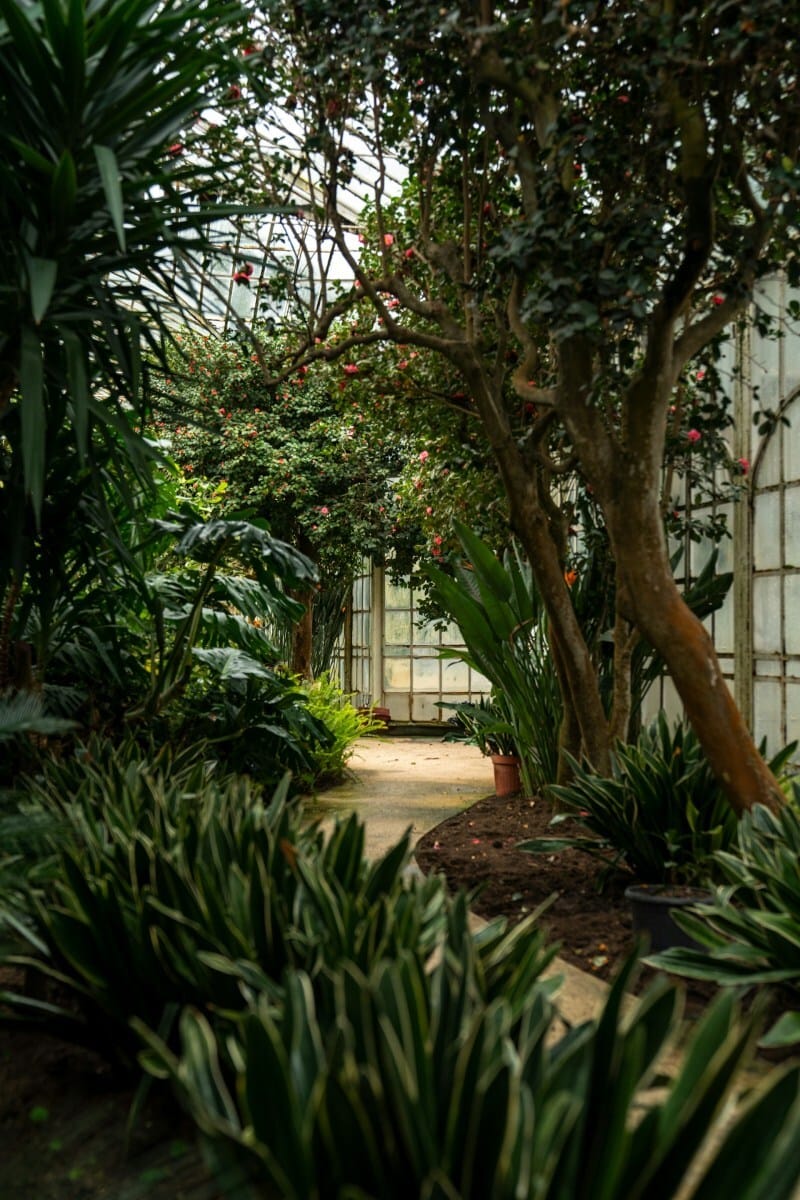Design is ever-changing, and as time flows, design evolves. It grows, it adapts, and its purpose is to respond to the world around it and create harmony. There’s a lot of design in nature, and naturally, it has always had a massive impact on design.
The proof? The proof is some of the most striking and lasting architectural forms that are inspired purely by nature – Fallingwater (Mill Run), the California Academy of Sciences, the Salk Institute, Aqua Tower (Chicago), and Thorncrown Chapel, just to name a few.
Inspiration can be anywhere in nature, from the curve of a leaf to the texture of weathered stone. The point is that organic elements are often shaping how we build.
Below are six examples of natural inspiration that have turned some ordinary spaces into extraordinary ones.

1. Barns That Breathe
Barns have a very basic purpose. With modern barn architecture, though, they’ve evolved. Barns are now often made to mimic natural airflow systems and to regulate interior climates with no need to rely on heavy HVAC setups.
Solutions found in nature in animal burrows or termite mounds have inspired solutions like clerestory windows, vented cupolas, and open trusses that are ensuring that barns stay cool in the summer and warm in winter.
Some builders in rural areas like reviving timber-frame techniques and they do it using sustainably sourced wood. It maintains visual warmth but reduces synthetic material use.
If you are looking for a reliable horse barn builder in your area, you can find one with a swift ‘horse barn builders near me’ search online, but do ensure you check their previous work and the quality of materials they use; that way, you can get an idea of what to expect.

2. Green Roofs That Channel Hillsides
Buildings with green roofs look beautiful, but green roofs are not about aesthetics. They mimic how hillsides retain water and moderate temperature. Using layers of soil, filtration, and native vegetation, green roofs are essential in reducing runoff, lowering roof temperatures, and supporting biodiversity.
Key Benefits of Green Roofs:
Reduce building energy use by insulating rooftops
Create microhabitats for pollinators
Absorb rainwater and ease stormwater systems
This design is something you can often see in urban housing, cultural centers, and it demonstrates how great nature-inspired solutions can be.

3. Glass Facades as a Tree Canopy
Some of the most expressive uses of glass in buildings don’t rely on sheer transparency but are instead set with shades bearing the pattern of the tree canopy. It includes perforated metal screens, facade layering, and digital etchings that collectively prevent glare and allow for diffused sunlight to enter, just as light does through tree leaves.
This reduces the need for artificial lighting, internal heating in the cold, and air conditioning in the warm. The design is organic and rhythmic with plenty of variation.

4. Rammed Earth Homes Modeled After Cliff Faces
While rammed earth is one of the oldest known building methods, it has the cleanest comeback in design today. Nature-Inspired homes using rammed-earth construction mimic stratified cliffs, landscape, and sediment layers. It uses soft natural materials like sand, clay, and gravel that are compressed into forms, creating walls with tremendous thermal mass.
In desert environments, this stabilizes the internal temperature with very little energy use. Aesthetic choice is often to leave these walls exposed to be able to see the walls’ natural variegation textures, which replicate adjoining rock formations or terrain patterns.

5. Atriums That Simulate Forest Clearings
Going a step beyond just throwing in a few plants indoors, certain designers create full environments centered around nature. These atriums are more than just decoration – they serve as visual anchors and environmental regulators.
Why forest-inspired atriums work:
Natural light exposure: Improves mood and lowers energy use.
Vertical greenery: Filters indoor air.
Central gathering effect: Great for movement, conversation, etc.
Passive climate control: Uses plant mass and water features to regulate temperature.
Biophilic impact: Promotes mental well-being.

6. Public Spaces Modeled After Riverbeds
Urban environments often struggle with water runoff and the sterile hardscaping style. However, several public space redesigns now recreate natural riverbeds with sloped walkways, textured stone, and native plantings.
These designs slow water down and direct it to infiltration points, ceremoniously celebrating rain as part of the environment.
Natural Design Features in Urban Public Spaces
Apart from being visually appealing, these types of installations make cities resilient against climate change and give communities an instinctive manner to bond with nature.
Conclusion
Nature helps espouse function, sustenance, and emotional balance. From barns to public parks, the above-written six examples show that organic influences on design aren’t just some trends, but are instead timeless remedies hidden in plain sight.
The more architects, artists, and builders take their cues from the nature that surrounds us, the more the distinctions between built space and wild space may blur in the best way possible.
The post 6 Times Nature-Inspired Design Transformed Everyday Structures appeared first on Moss and Fog.
